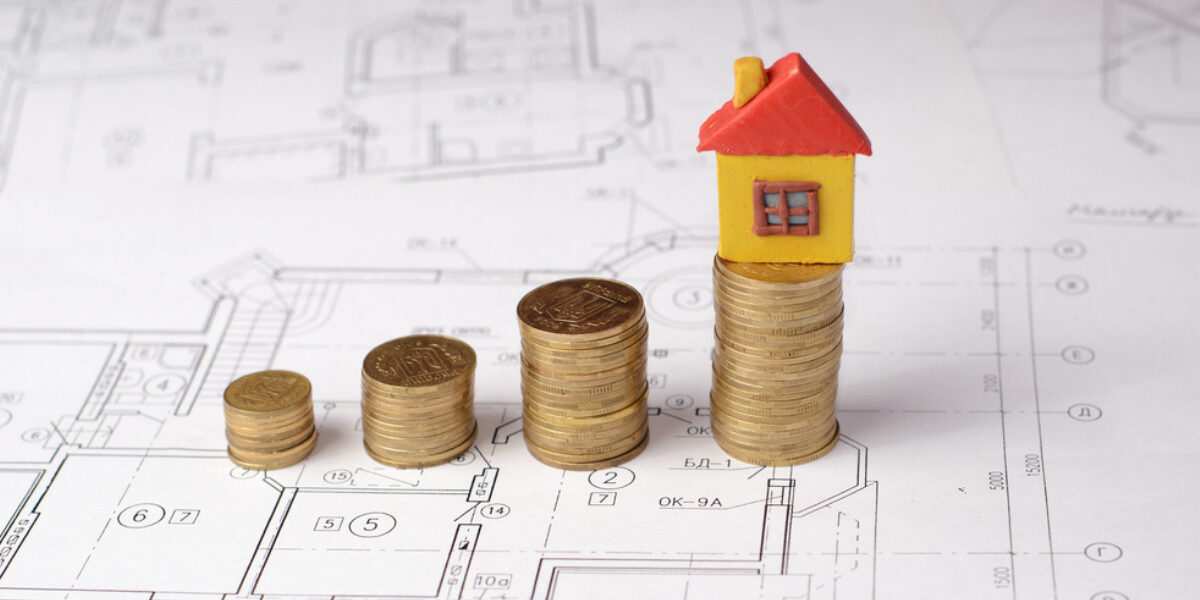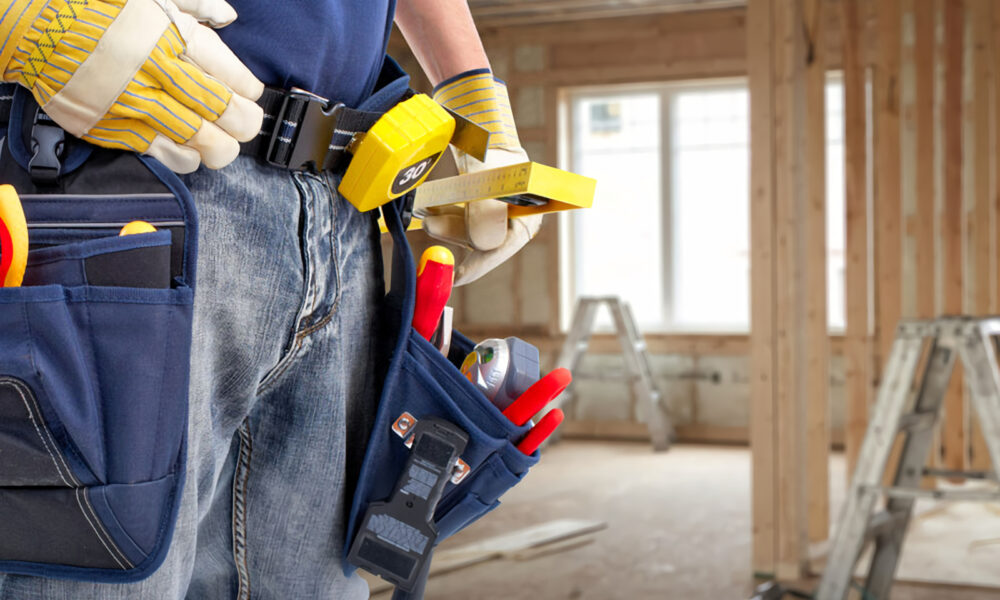Welcome to the world of UK real estate investing, where an array of factors influence a landscape of possibilities. Among the many factors to examine, one metric that stands out as a guiding light for proficient investors is the price per square foot. By utilising this crucial metric to its full capacity, one may make well-informed decisions and engage in profitable endeavours. Leeds letting agents offer a host of property services with top market knowledge to help you find your ideal home.
Investors can obtain unprecedented insight into property value and prospective returns on investment by digging into the depths of this metric. It acts as a compass, steering investors towards promising possibilities while navigating the complex market. Let’s examine the significance of price per square foot in UK real estate investments and discover how it becomes a pillar in the development of investment strategies in this rocketing market.
Why is price per square foot important?
Price per square foot estimates the cost of a property in relation to its size. You divide the sale price by the total square footage of the property to determine the cost per square foot.
Price per square foot is crucial for investors and purchasers to consider when assessing a property. It enables them to evaluate the relative worth of several properties with various characteristics and sizes. Price per square foot is usually a useful measure for setting listing prices, analysing market trends and estimating a property’s potential return on investment for real estate professionals.
Effect of Price Per Square Foot on Property Value:
The entire value of a property can be drastically influenced by the price per square foot. When a property has a higher price per square foot, it usually means that it is either in a desirable location, has high-end features and services, or is in a market where there is a strong demand but a small supply.
A lower price per square foot, on the contrary, can mean that the property is in a less attractive location, needs extensive repairs or refurbishments, or is in a market with little demand and lots of available inventory. In any case, knowing the price per square foot could aid buyers and investors to make more informed decisions regarding a property’s worth and potential for growth.
Trends and data for the 2023 real estate market:
Recent statistics indicate that there is still a high demand for real estate and that prices are growing across the board due to low inventory levels. This trend is influenced by a number of variables, including cheap interest rates, a robust economy, and an expanding population.
In other locations, though, there are indications that the market may be slowing down as buyers grow less willing to engage in bidding wars and sellers see greater competition from new development projects.
Will building expenses in the UK fall in 2023?
Building costs can be influenced by a number of variables, such as the cost of labour, government laws and regulations, and general economic conditions. Building expenses in 2023 may increase or decrease depending on how these factors change.
How much will a home cost per square foot in 2023?
Depending on the location, size, state, and kind of property, the price of a house in the UK can vary significantly per square foot. The average price of a home in the UK is about £325 per square foot, but in London, this figure could easily reach £800 or more in the city’s most affluent neighbourhoods.
While comparing different types of houses in the same market, price per square foot can be particularly helpful. For instance, any differences are highlighted when comparing the cost per square foot of flats and homes. It is also a useful statistic for pinpointing potential for remodelling and development. When assessing properties with a lower price per square foot, investors can explore the possibility of adding value through refurbishment or redevelopment. Buyers can evaluate the profitability of such projects and make informed decisions to maximise their return on investment by determining the possible rise in price per square foot following renovations.
Although price per square foot is a useful statistic, it is important to take into account its limitations. The accuracy of this indicator can be considerably impacted by variables including property age, condition, location-specific features, and regional market dynamics. Moreover, price per square foot should not be viewed in isolation but rather as part of a comprehensive evaluation of the property’s potential. Investors ought to carry out rigorous due diligence, taking into account additional factors including market demand, infrastructural development, and potential future growth.









